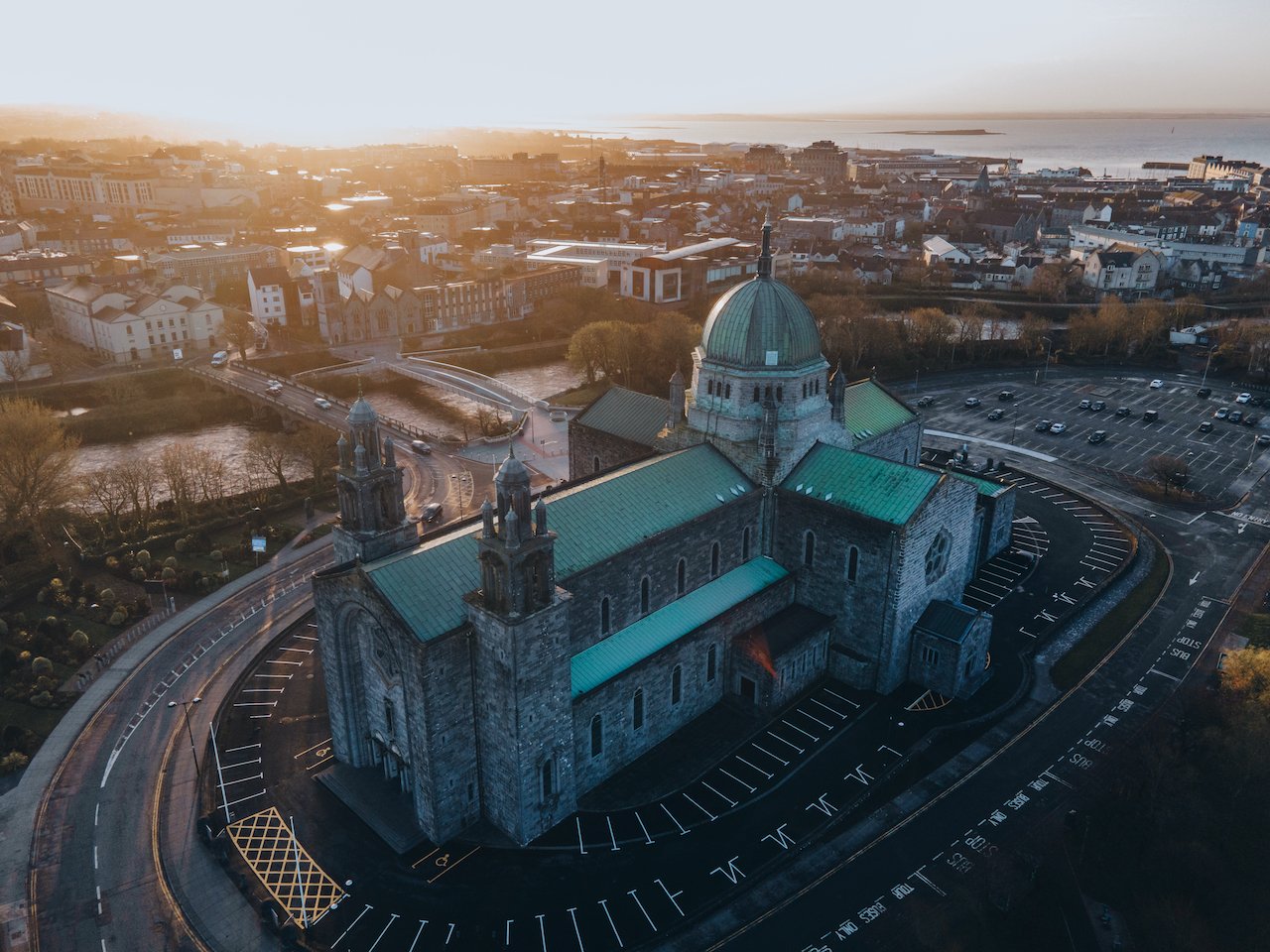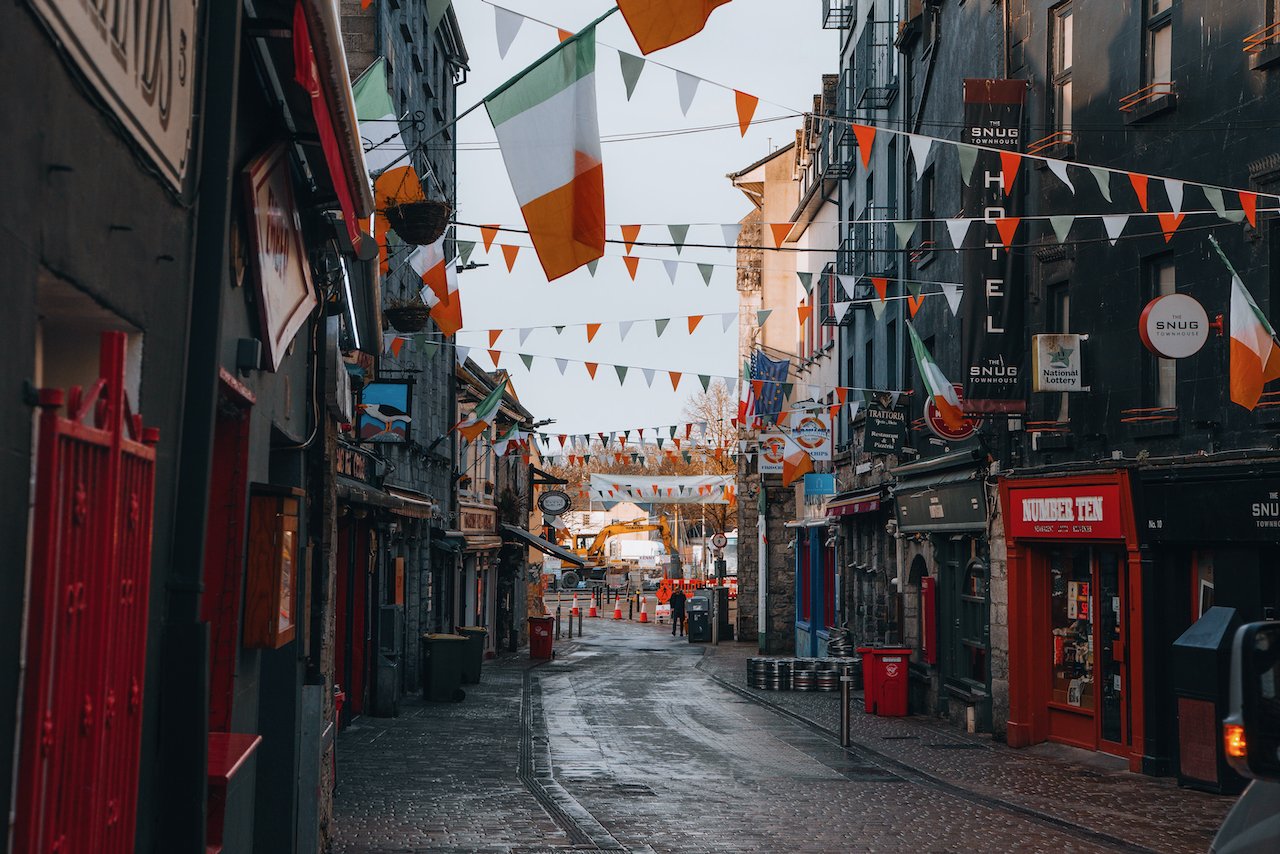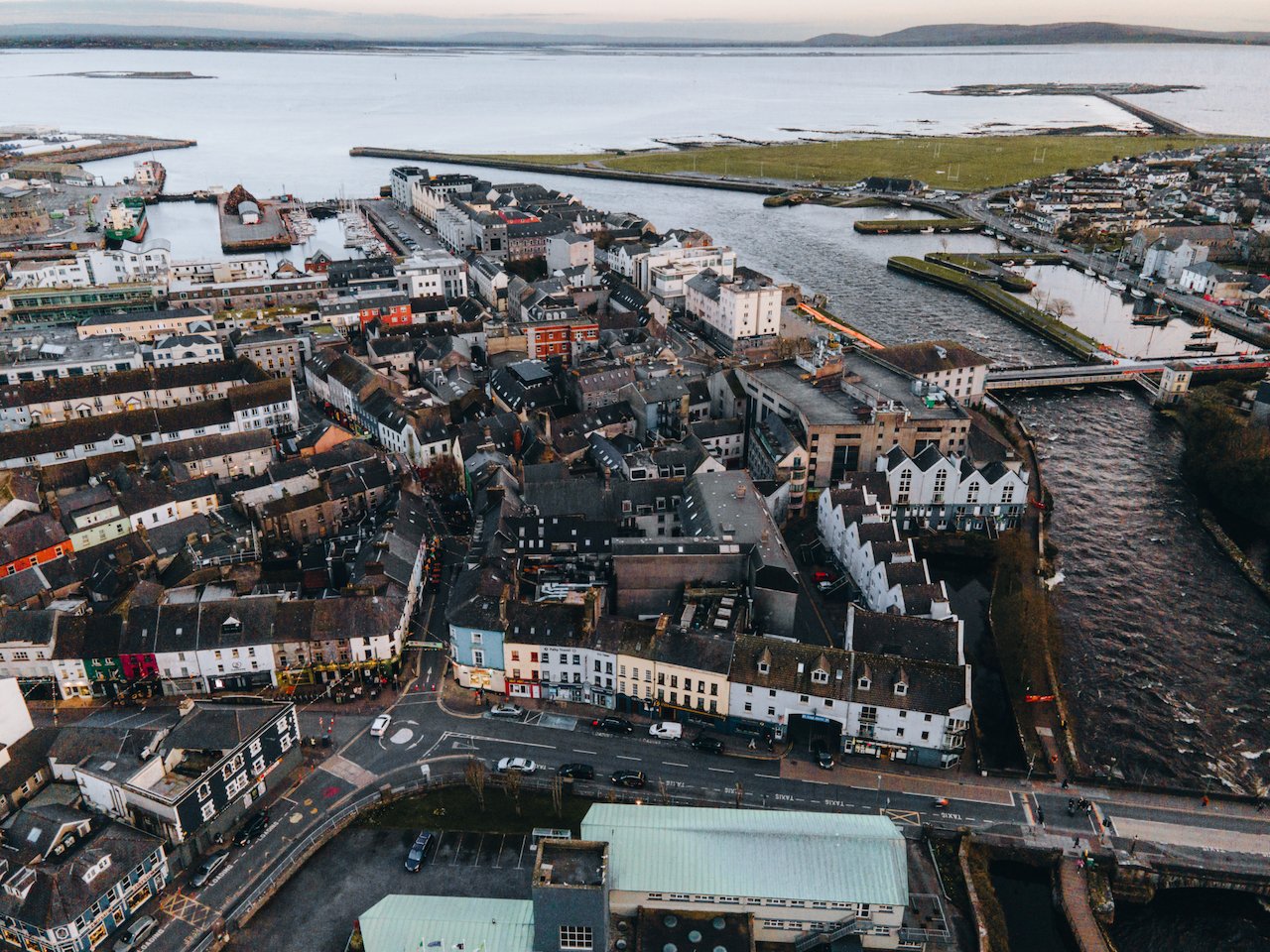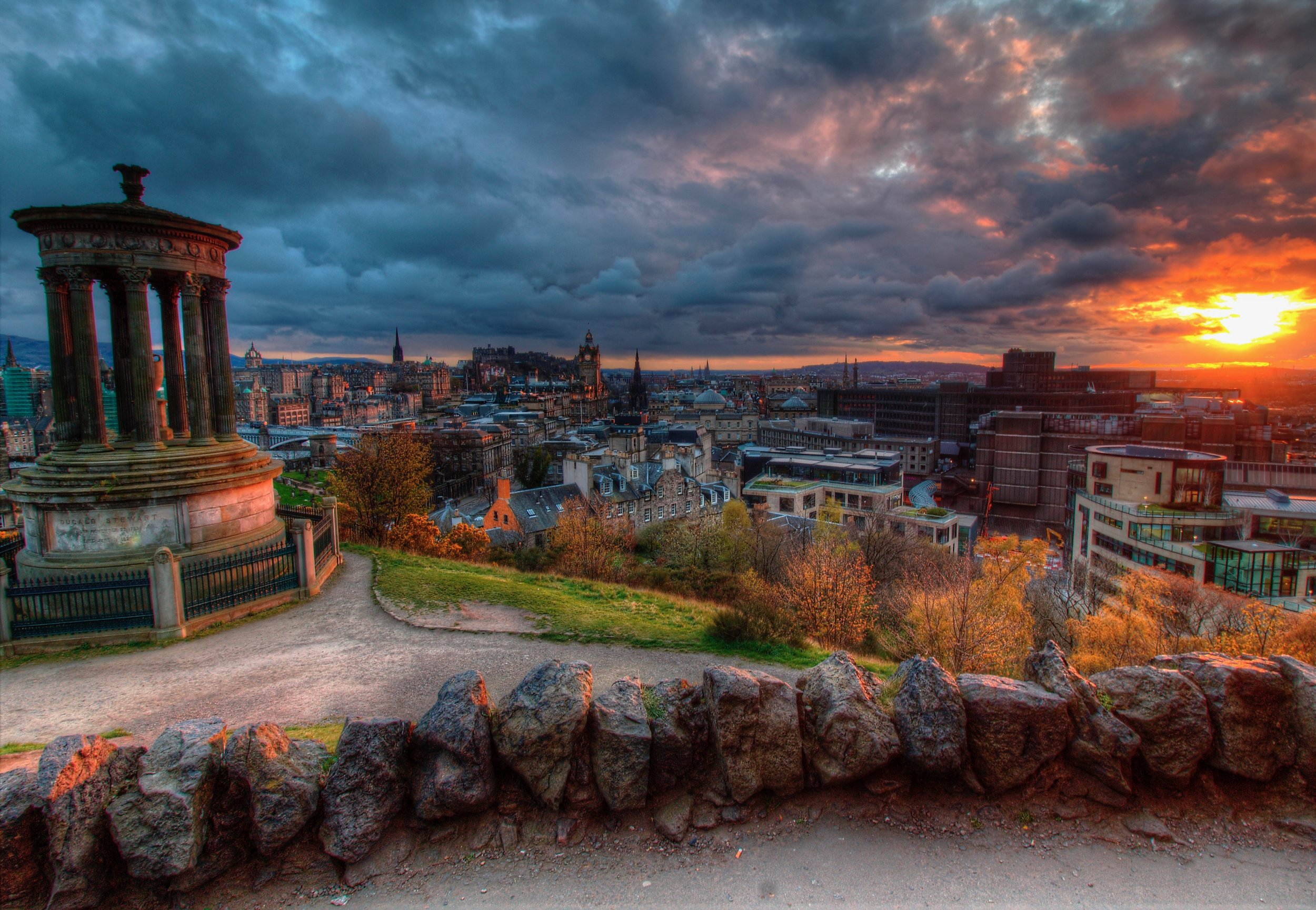What to see and do in the Irish city of Galway
(Some links in this post are affiliate links. If you click through and take action, I'll be compensated.) If you are also interested in any PRINTS from any of my posts, be sure to check out my store where you can buy prints as posters, in metal/wooden frames or on canvas.
The origins of Galway go back to 1124, when King Connacht built a fortification on the site. Centuries later as the fortification grew into a walled city, a regulatory council for the city was formed in 1484. In 2020, Galway was also named the European Capital of Culture, along with Rijeka, Croatia. This designation uses infuses the city with more positive press, leading to a surge in tourism over the coming years.
Galway is one of those places that wasn’t really on my radar until that fateful song that was released by Ed Sheeran. Nonetheless, I have always enjoyed traveling to smaller, lesser known towns to really get a feel for a country’s identity. I think Galway, being home to just 80,000 people and situated on the western coast of Ireland, really fit the bill.
One thing to understand when venturing to Galway, and Ireland in general is that the weather can turn on you super fast. There will almost always be rain involved but stay frosty, and you may be able to enjoy the occasional break in the clouds for some gorgeous golden hour photos. I was able to take advantage of this in both Dublin and Galway during my trips there. If you want to read more about my time in Dublin, check out my blog post.
Check out my drone video of Galway, Ireland below!
How to get to Galway
Getting to Galway can be achieved in a few days. Unfortunately, the most direct way to get to Galway, by airplane, is no longer possible since Galway Airport is closed to commercial traffic. However, you can still fly to one of the ‘nearby’ airports below:
Shannon Airport (Airport code: SNN): 1hr drive to Galway
Knock Airport (Airport Code: NOC): 1hr drive to Galway
Dublin Airport (Airport Code: DUB): 2hrs 30mins drive to Galway
From each of these airports, you can rent a car and drive yourself to Galway, but for those who wish to not worry about such an endeavor, luckily, public transportation is available! I also wouldn’t suggest taking a taxi since the cost would be absurdly high.
In my experience, I flew into Dublin, spent a few days there, then took a bus to Galway, which can take anywhere from 2-3 hours, depending on how many stops are made on your way. These are the bus companies that offer regular services between Galway and Dublin (as well as Dublin Airport).
Once you have purchased your ticket online, you can download it to your phone and show the QR code to the bus driver at the time of your departure. The Citylink bus in Dublin, leaving for Galway, departs from 4 Crampton Quay, Temple Bar, Dublin 2, D02 X434.
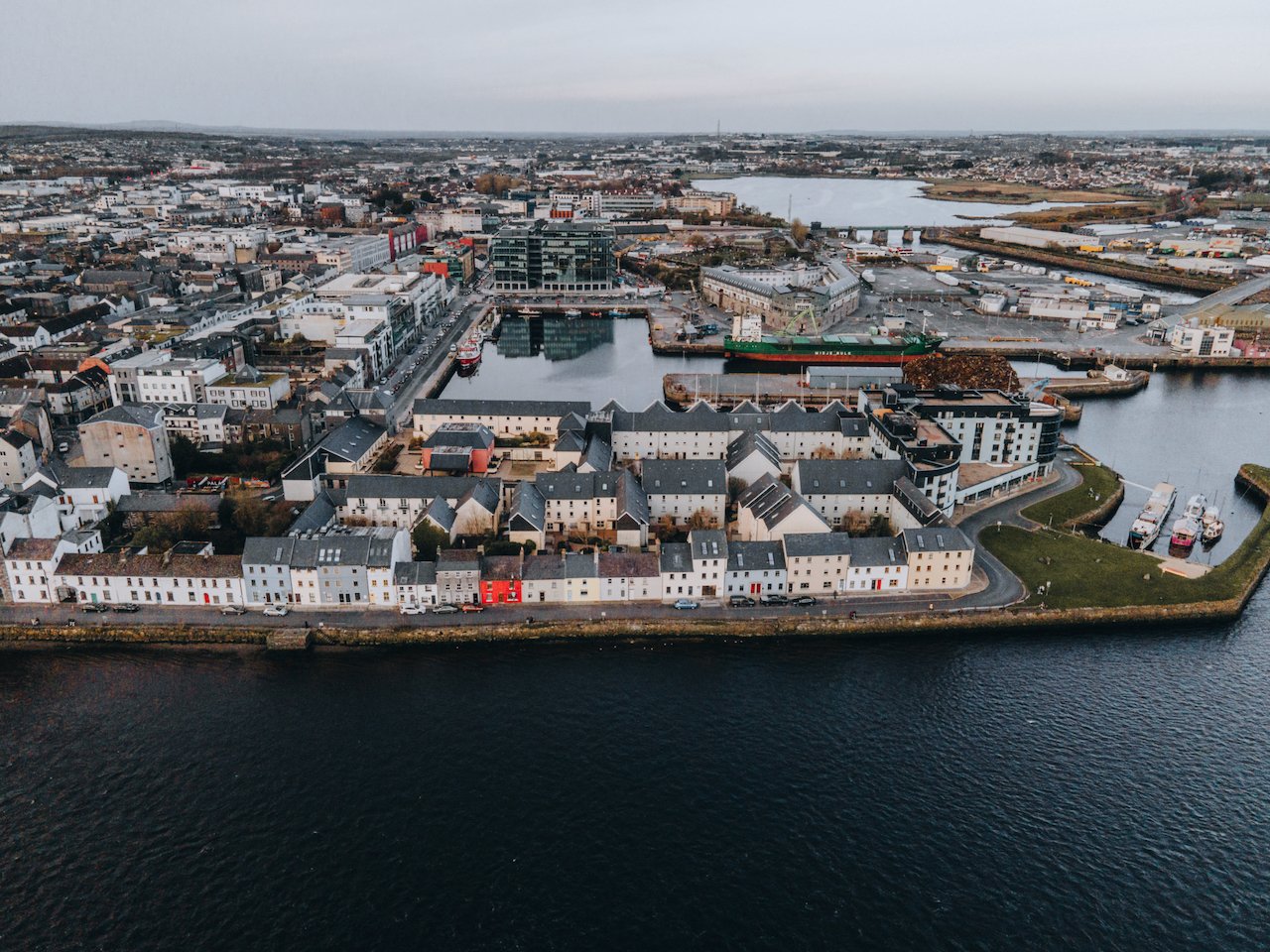
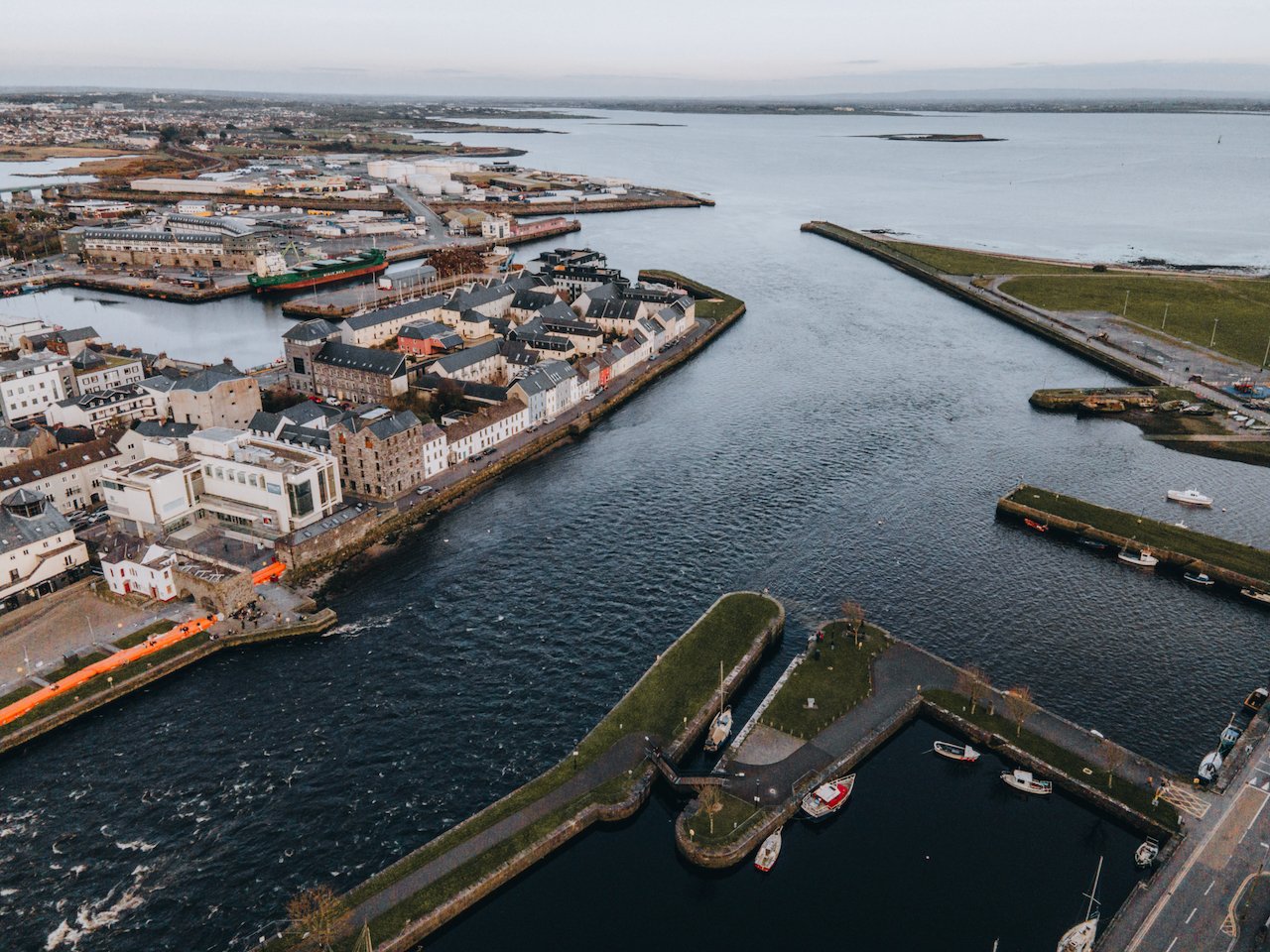
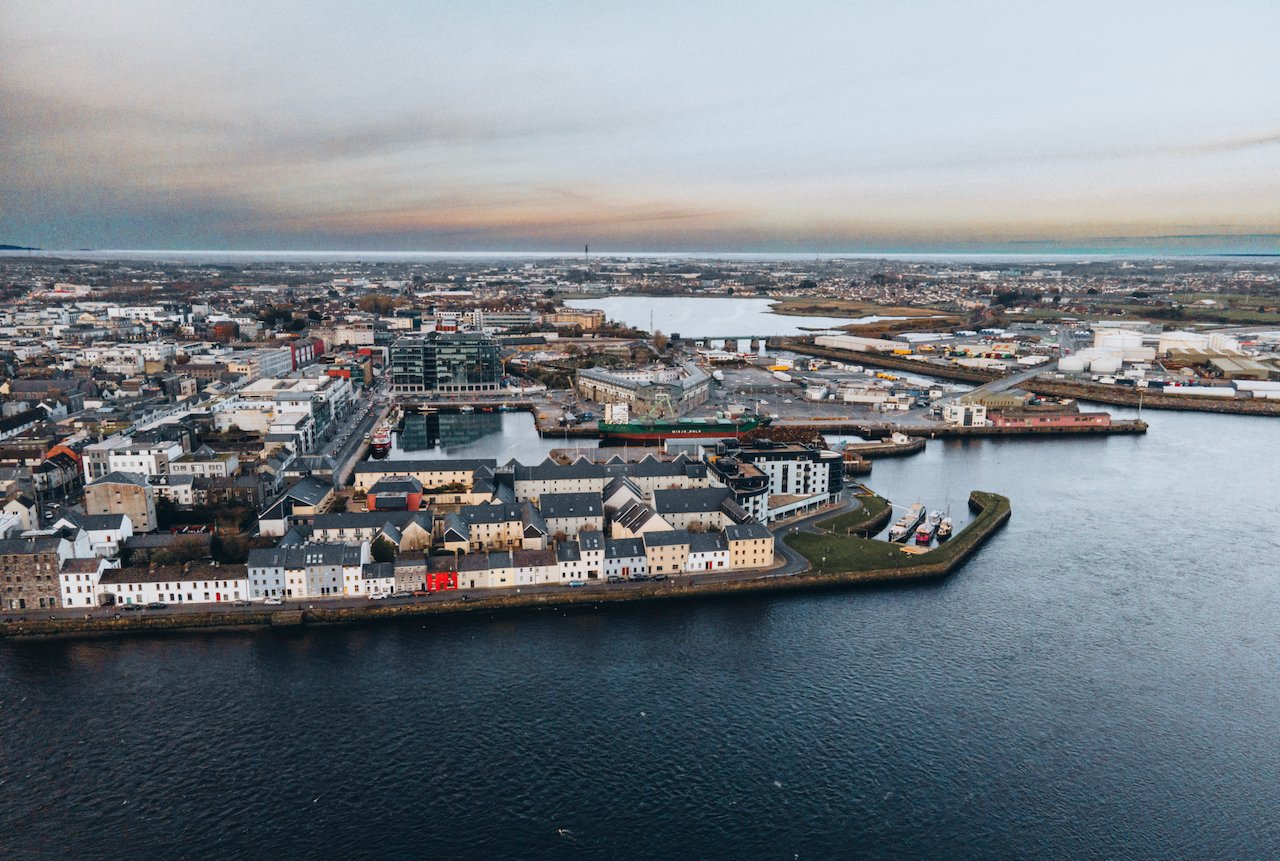
Here are some wonderful sights to check out while in Galway:
The Long Walk
One of the most popular and well known spots in Galway goes by the name ‘The Long Walk’. It is a road/asphalt path that leads down along Lough Corrib, passing by a few colorful homes and a harbour. It’s a very popular area when the weather is nice, where you will find people taking strolls, having picnics, playing sports, etc. The area was constructed as a way of reflecting Galway’s rather historic relationship with the sea.
Galway Cathedral
The Galway Cathedral, also known as the Cathedral of Our Lady Assumed into Heaven and St Nicholas, is a Roman Catholic Church in Galway and one of the biggest buildings in the city. It was constructed in 1965 and therefore known as the ‘last great stone cathedral to be build in Europe.’ It’s origins however go back to when it was just a parish chapel in 1750. Then a Gothic style church was build in 1821 on the site before the cathedral was completed in the next century.
I managed to capture the cathedral with my drone during sunset and more impressively, right after sunrise. I just loved how the golden hour light hit the cathedral in the right way, bringing out the emerald trim of the building.
Spanish Arch
The Spanish Arch is a part of the Long Walk on the bank of the River Corrib. It was built to protect the city’s quays and constructed all the way back in 1584. It was also known as the Eyre Arch at the time. Unfortunately for me, the arch was under renovation during my trip, so I didn’t manage to get a good shot of it. Still a pretty cool piece of history!
Latin Quarter
The place to be for good food and drinks and a lively social atmosphere has to be the Latin Quarter. It is replete with great restaurants and bars, and is quaintly decorated and a very colorful and vibrant street. It is also home to many boutiques and shops.
St. Nicholas’ Collegiate Church
The Collegiate Church of St. Nicholas is a church dating back to the medieval era, located right in the city center of Galway. Founded back in 1320, it was dedicated to the patron saint of seafarers given the status of Galway as a prominent port at the time.
Martin Tea-House Folly
Standing on the bank of the river is the Martin Tea House Folly, dating back to the 19th century. A folly is the name given to a buliding that is for decoration more than function, mimicking appealing architectural and ancient styles. It was build by a prominent family in Galway, in a Gothic Revival style, and used mainly for social activities. After awhile, it fell into disrepair and was acquired by the University of Galway, who have partially restored it.
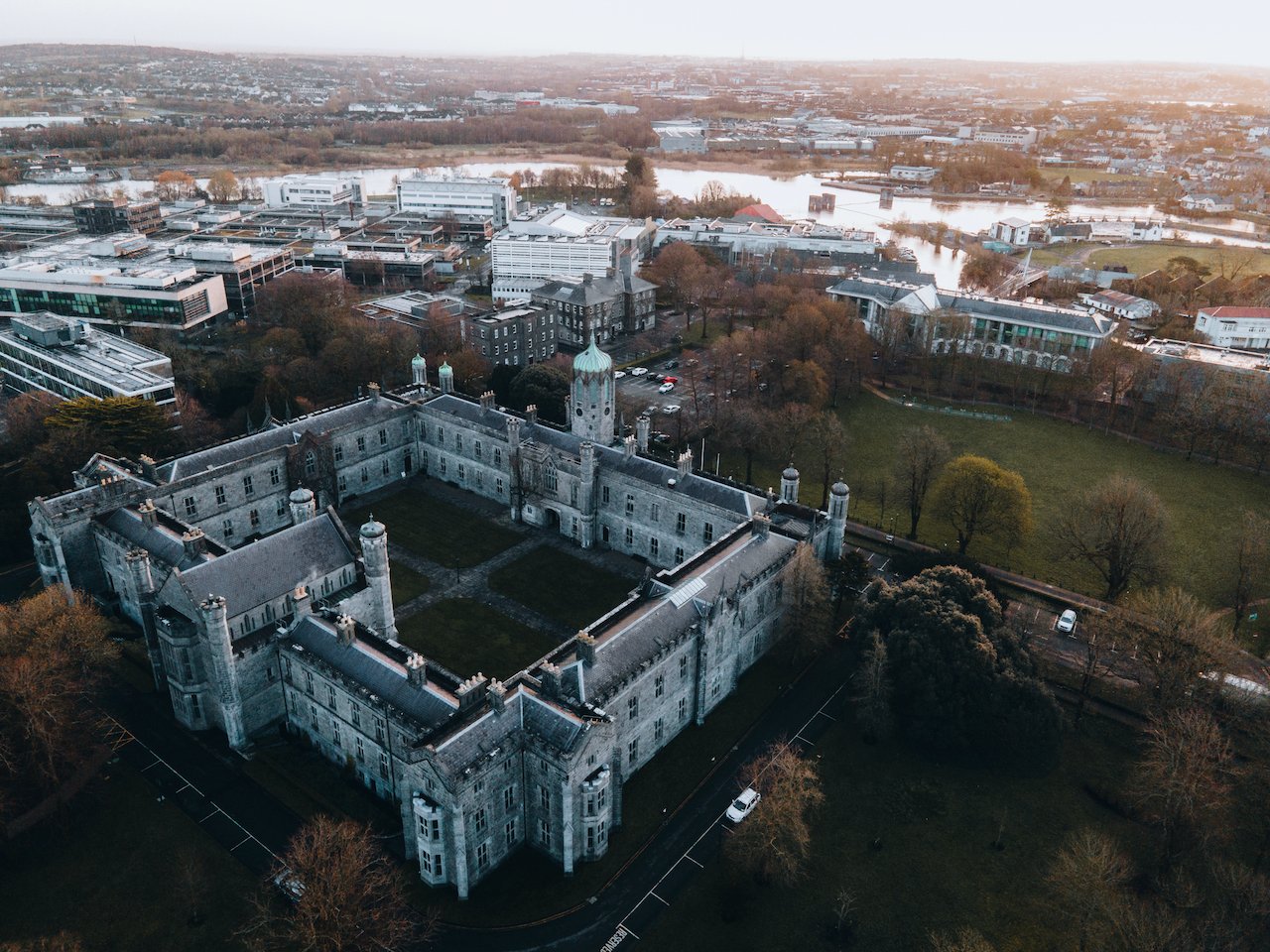
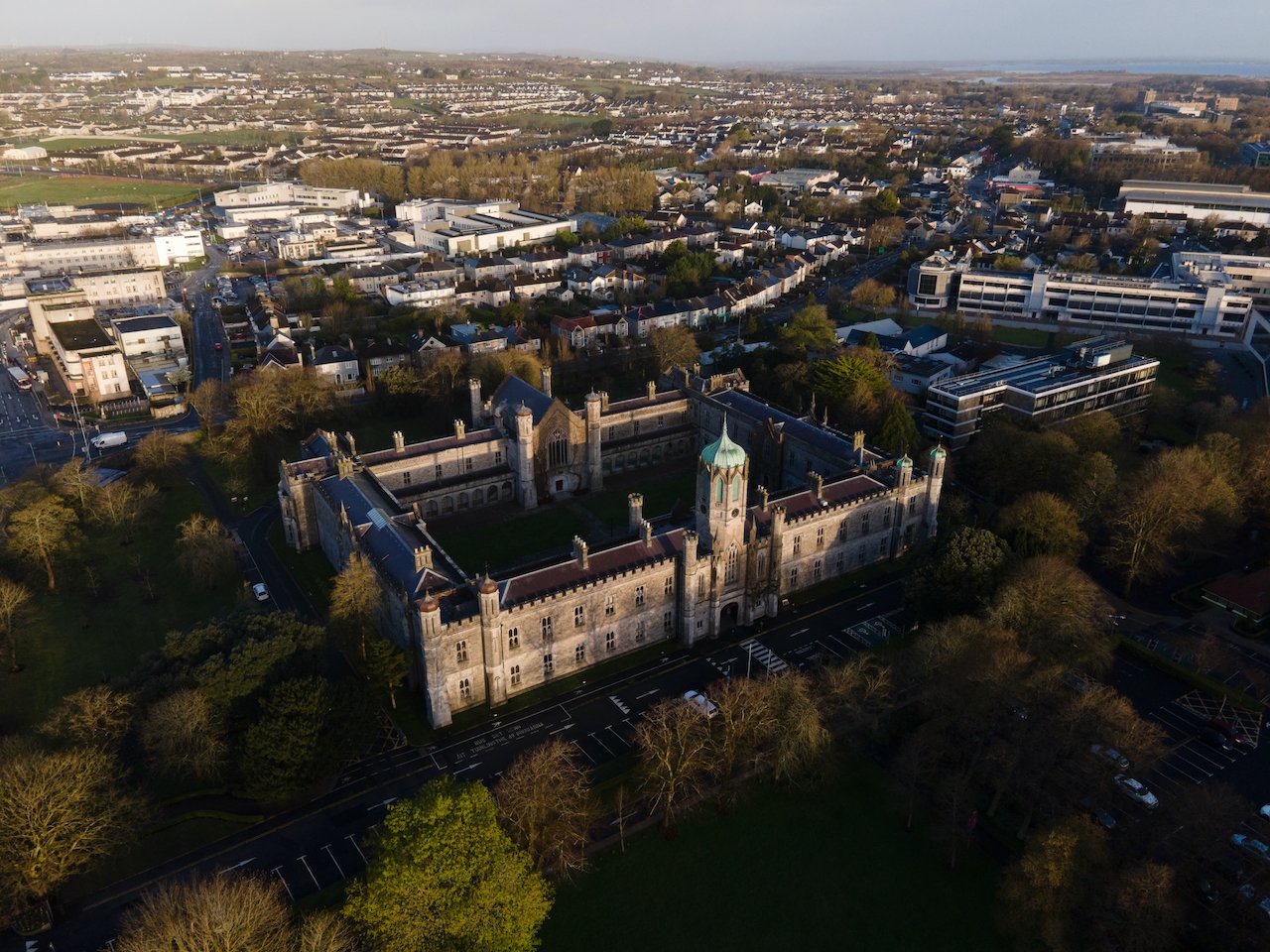
James Mitchell Geology Museum
The James Mitchell Geology Museum is part of the University of Galway and is the only remaining part of the old Natural History Museum that was run by the university. What is perhaps most appealing about this museum is the quad in its center, making it a wonderful place to relax and take in the sights.
Salthill Prom
To properly take in the views of Galway Bay, head on over to Salthill Promenade. This 3 kilometer trail travels southwest away from the city center and hugs the coastline, going from Claddagh Quay to Blackrock diving tower. There are many beaches to also enjoy along the coast.
Mutton Island
You can find Mutton Island about 1 kilometer away from Galway city center, connected by a causeway to the mainland. The walk towards the island is an enjoyable one since you are almost entirely surrounded by water. In fact, wedding proposals are popular here due to the unique island views. However be warned that the island itself is home to a sewage treatment plan, but also a lighthouse!
Menlo Castle
Menlo Castle, also spelled as Menlough Castle and also known as Blake's Castle, dates back to the 16th century, built in the style of a 16th century tower/house. The Blake family were the owners of the structure for several centuries until an unfortunate fire destroyed it in the 1900s. Because of this the castle was left to ruin but wes later purchased by the Galway City Council. It isn’t known at this time if the castle will be restored.
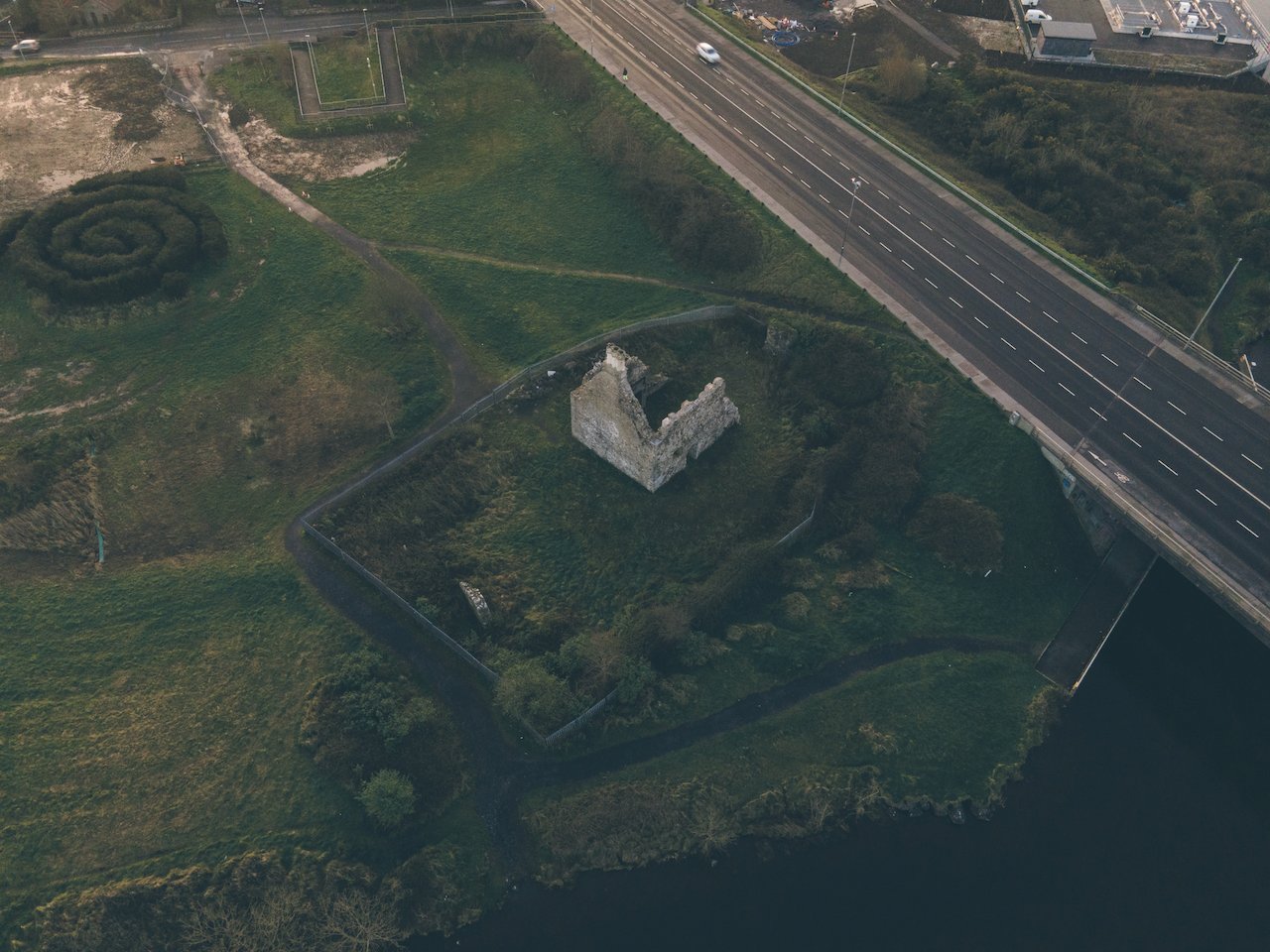
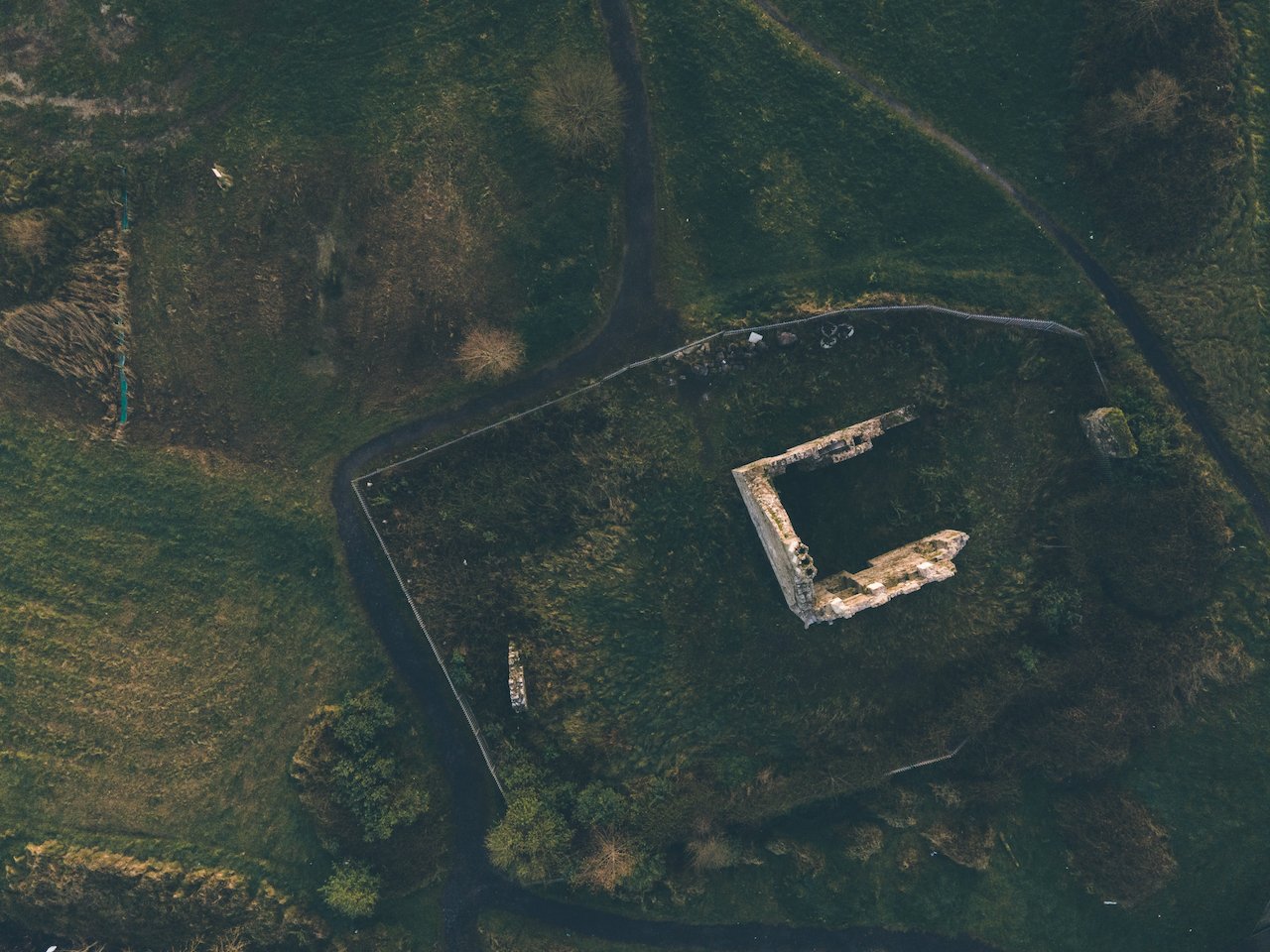
This is Ireland, so it is perhaps not surprising that there are many castles all around the country, all in totally different states of condition. Along with Blake Castle, are some of these other castles you can see while in Galway:
Terryland Castle - This 13th century castle is known as the ‘Old Castle’, located off the River Corrib. Its purpose was to control the traffic along the river. It was partially destroyed by fire in 1961, but still stands next to a busy highway.
Castlegar Castle - This castle is also a tower/house much like Blake castle but was associated with the Burke family of the time.
Ballybrit Castle - This castle sits on the outskirts of Galway, built in the late 15th century, also by the Blake family. It was abandoned by the family in the 17th century after Ireland was conquered. And of course, it is also considered a tower house.
Merlin Castle - Also known as Doughiske Castle, this is a medieval tower house, in ruins, built also in the 16th century. The castle was occupied by the Blake family then the Waithman family, until being abandoned in the 20th century.

